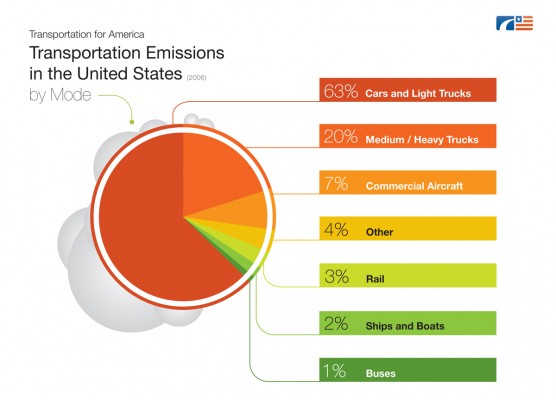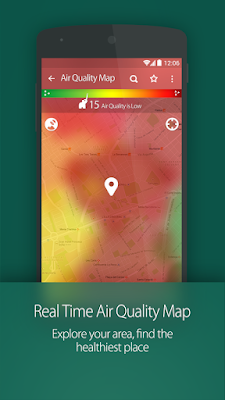Description of the Problem
The pollutants formed during fuel combustion are some of the primary pollutants of urban air. A majority of the pollution stemming from transportation is contributed by individuals; thus, it is important for you to consider your own contribution to air pollution.
Pollutants made in fuel combustion include fine and respirable particulate matter (PM2.5 and PM10), carbon monoxide (CO), sulfur dioxide (SO2), nitrogen oxides (NOx), volatile organic compounds (VOCs), ozone (O3), and atmospheric lead. Some of these products such as ozone do not directly come from the exhaust pipe, but are instead formed from reactions in the atmosphere after the products of fuel combustion are released.
***The health effects of air pollution caused by transportation vary and have different effects on different people. People who are undernourished, elderly, children, or have preexisting respiratory issues are more at risk for both acute and chronic health complications. Some of these complications include:
- minor irritations of the eyes and throat
- chronic respiratory disease
- reduced efficiency of the respiratory system
- asthma
- lung cancer
- acute respiratory infections
- chronic bronchitis
Risk also varies depending on where an individual resides- people who live next to large highways with heavy traffic are more likely to experience these health complications due to air pollution stemming from transportation than those living in rural areas. People living in Charlotte or Raleigh are more at risk in North Carolina for respiratory complications due to traffic than people living in small coastal communities. In the 1990s, many counties containing the largest urban areas in North Carolina did not meet the EPA’s air quality standards but since then the NC Division of Air Quality noted that policy changes have spurred a decrease in the levels of hazardous air pollutants such as nitrogen dioxide, sulfur dioxide, carbon monoxide, and particulate matter. While this data is encouraging, it is important to note that the reduction of these air pollutants was due primarily to changes in industrial methods, and that the air pollution that comes from transportation is still a significant public health threat.
 |
| https://dribbble.com/shots/670861-T4-Emissions-by-Mode |
Statistics and Impact
- According to the World Health Organization, approximately 7 million premature deaths were linked to air pollution in 2012
- the exhaust from cars and other vehicles makes up 60% of all the CO pollution across the nation while it contributes up to 95% in most cities
- Charlotte, NC was named one of the top ten worst cities for air quality in 1999- there were 42 days that year when the air quality index was more than 100
- The cost of air pollution to US society in 2014 was $1.4 trillion dollars
- EPA estimated that in 2009, more than 45 million people in the United States lived within 300 feet of a highway with 4 or more lanes, a railroad, or an airport
***Although it is difficult to make a controlled study to directly link air pollution, specifically that from transportation, to adverse health effects such as asthma, airway inflammation, decreased lung function, or lower or upper respiratory issues, there is evidence that this air pollution is correlated with these health effects. Current research seeks to directly link specific pollutants such as diesel exhaust particulates (DEPs) to asthma and other allergenic problems.










